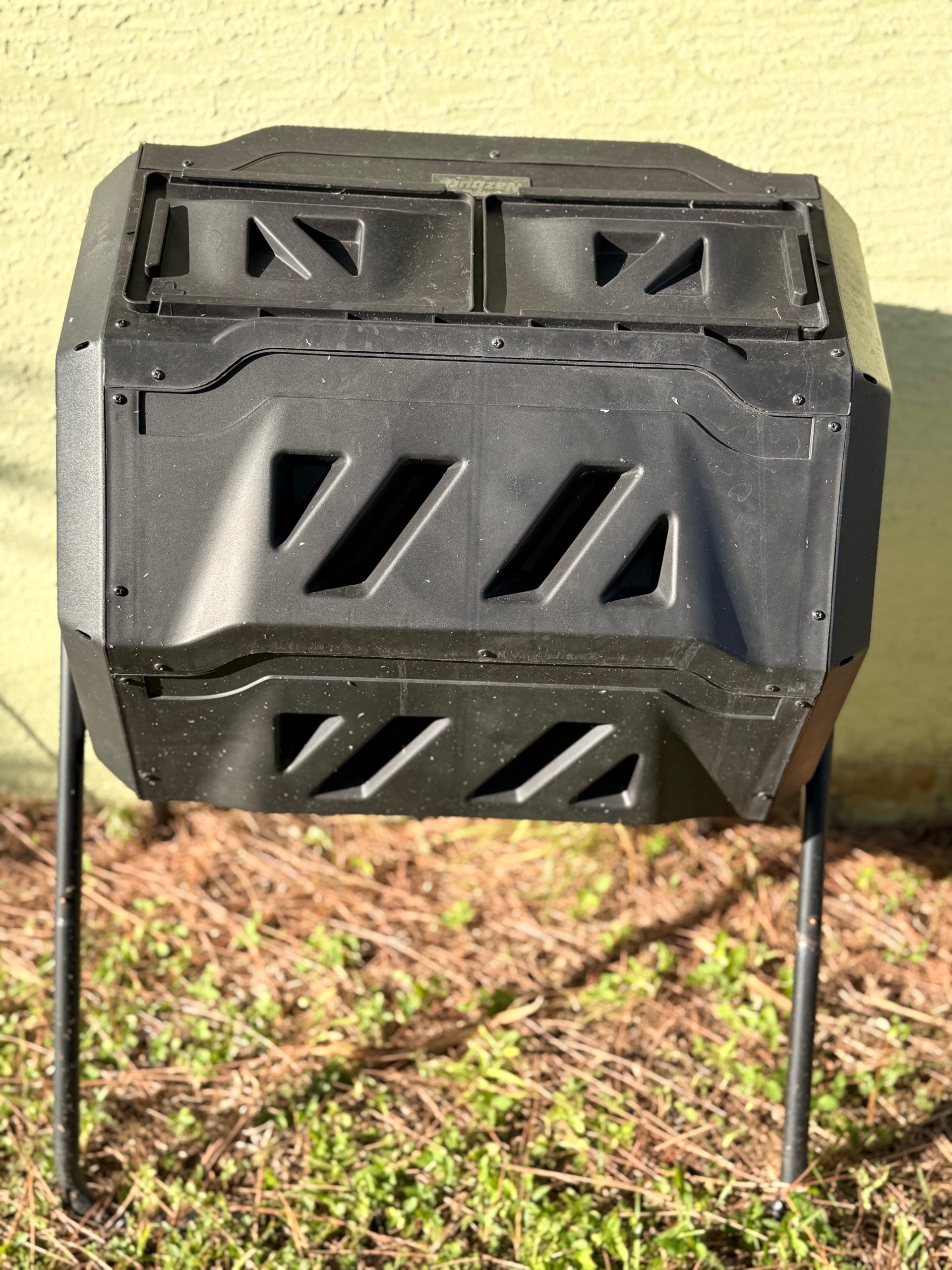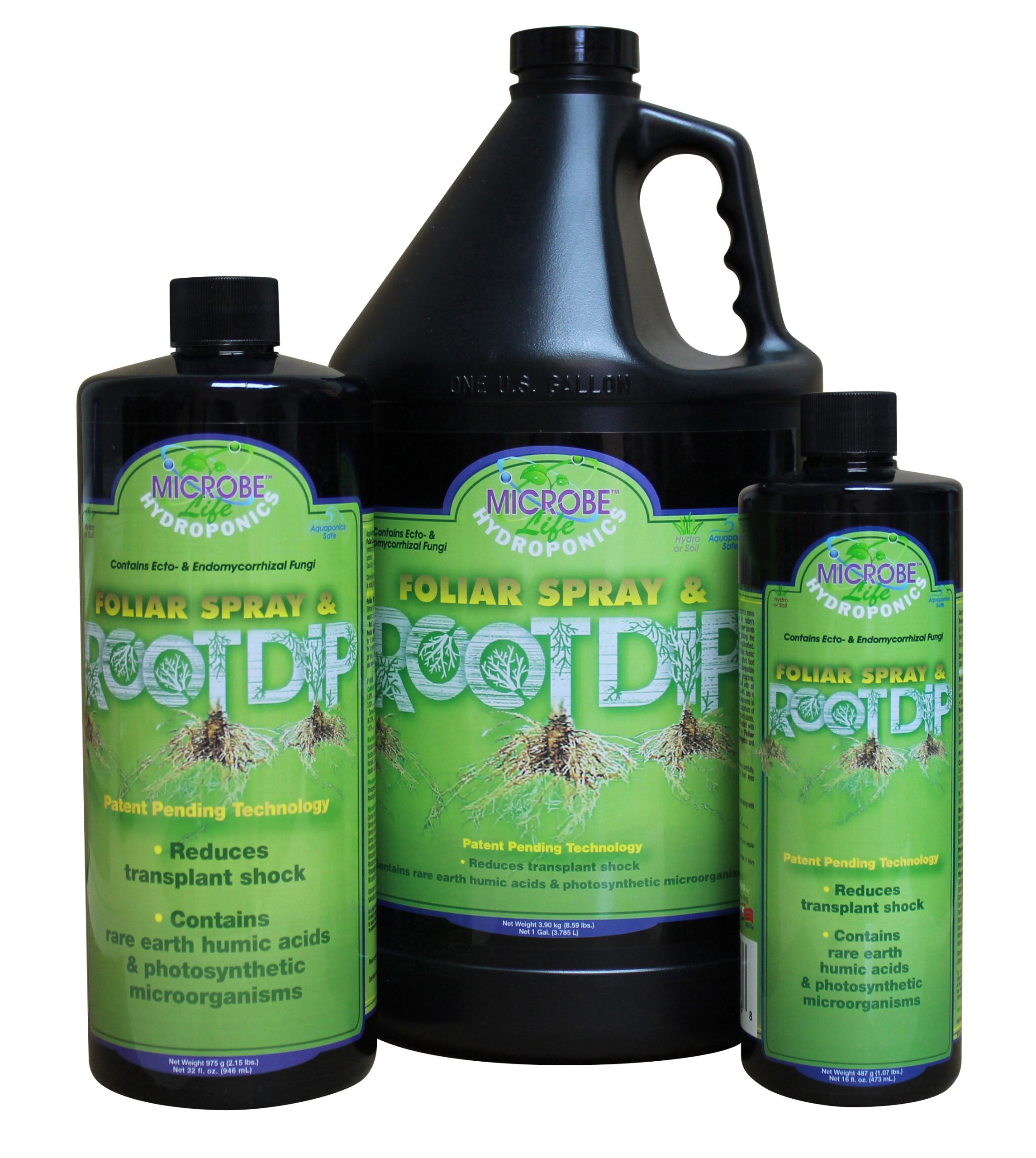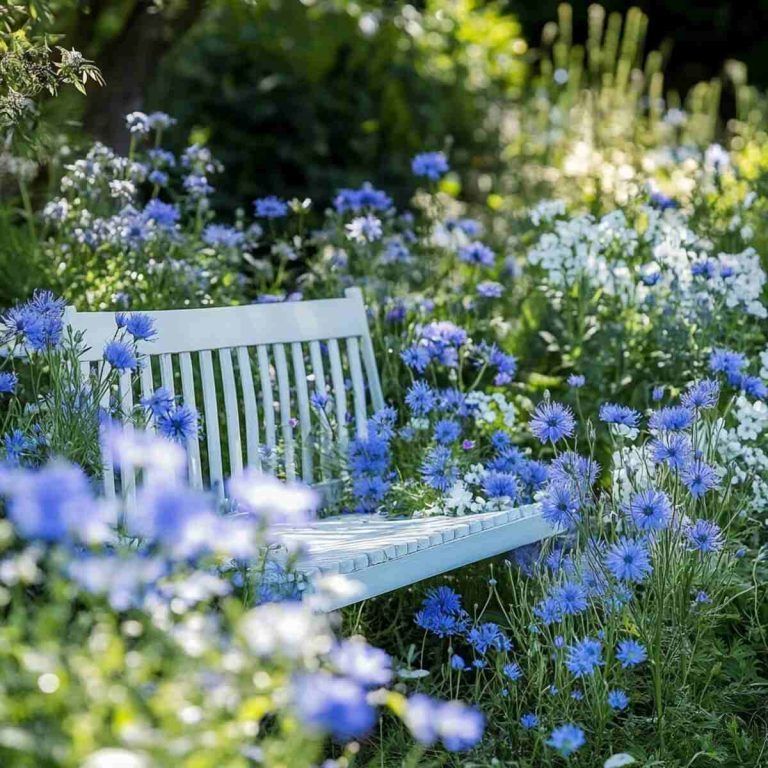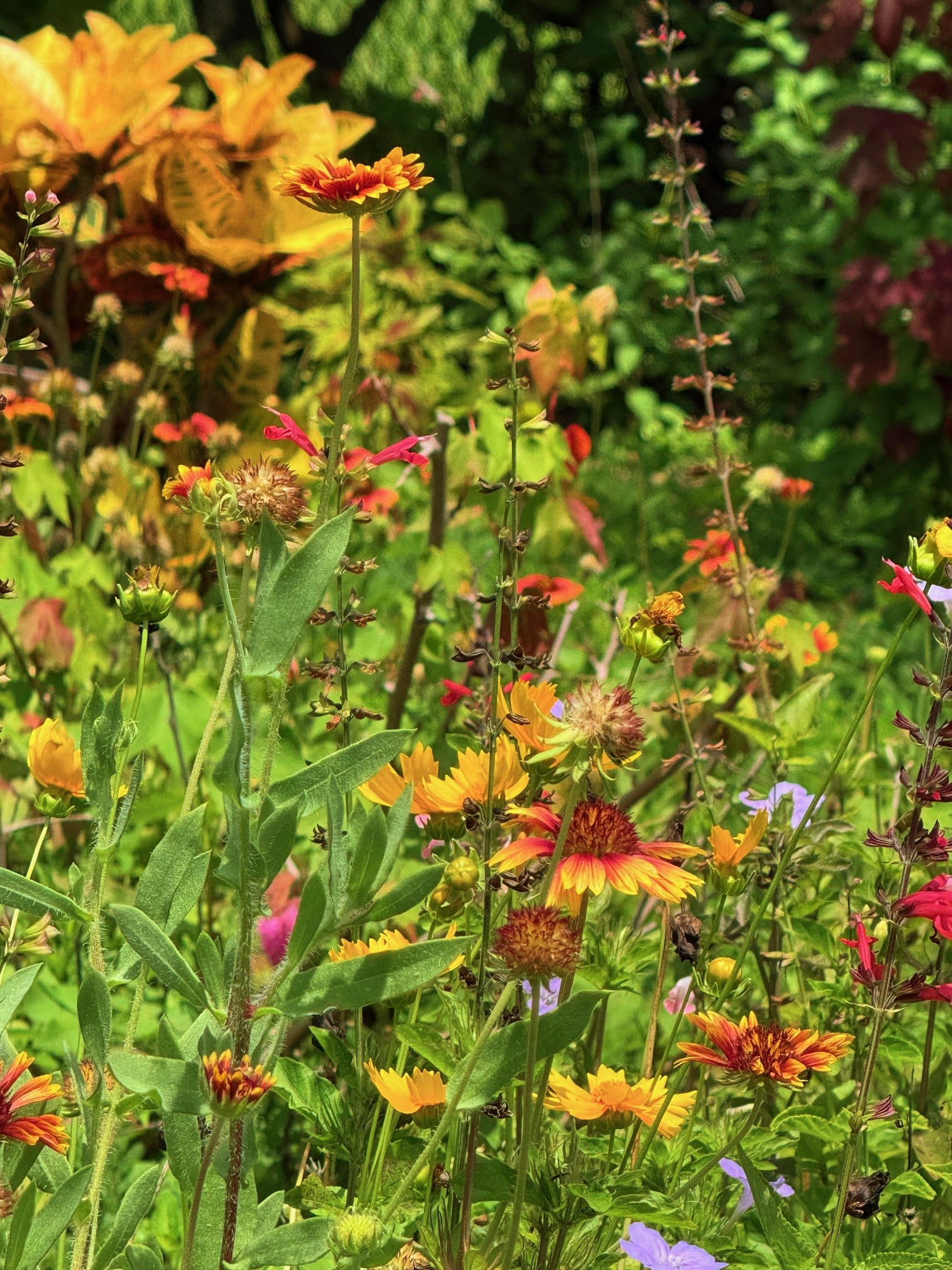After reading about these trees, you might not want them near your home, and rightfully so. Here are the kinds of trees you should never plant in your backyard!
Chinese Flame Trees
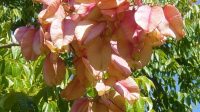
Chinese flame trees, also known as Koelreuteria Bipinnata trees, are native to southern China. While they might be beautiful to look at, they have their pros and cons, just like any other tree. They are small to medium-sized plants that bloom beautifully in the summer season.
They can tolerate droughts, but they are pest-resistant. They multiply quickly as one tree becomes a whole forest, and after their flowers bloom, seed capsules blow everywhere. Once a seed hits the soil, it germinates and spreads to every corner of your yard. By planting just one of these trees, you won’t be able to get rid of them!
Eucalyptus Trees
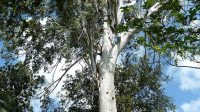
Native to Australia, Tasmania, and other nearby islands, eucalypti leaves are commonly known as gum or stringybark trees. There are many different species of eucalypti. Eucalyptus trees are often admired for their honey-like smell and their health benefits. However, they are not fit to be planted in a yard. Not only do they dehydrate quickly, but they require more nutrients than most plants. As a result, they rob the earth of its nutrients, causing other plants to wither and die. In addition, in drought conditions, a eucalyptus tree can drop its heavy branches, which could be incredibly dangerous in a yard setting.
Tulip Poplar
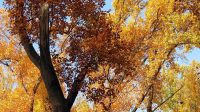
Tulip poplars, also known as the American tulip tree, yellow-poplar, and Liriodendron tulipifera, are found in eastern North America. They are among the tallest American hardwoods, growing over 80 feet tall. In addition, they require a lot of caution and maintenance, but they are beautiful to look at, especially when their leaves turn orange.
One thing to avoid with Tulip poplars is sitting under them because they drop branches and twigs. They can easily fall in storms. Also, their leaves drip sticky honeydew, which can put your vehicle in harm’s way. With that being said, they are not the best choice for yards.
Leyland Cypress
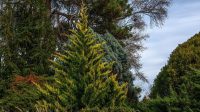
The fast-growing, hassle-free tree known as the Cupressus x leylandii is similar to a Christmas tree. These trees come in so many different varieties, and most people plant them to give their yard some privacy. Keeping that in mind, you would think they are ideal for yards. However, this is not the case.
Leyland Cypress trees grow too large and too fast for yards and can easily get uprooted during storms creating a safety hazard for homes nearby. While privacy is nice to have, there are better and safer ways to achieve it than planting these trees. Also, they are susceptible to many types of fungi, which can cause even more safety hazards.
Bradford Pear Tree Flowers
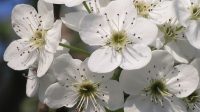
Also known as the “Callery” pear, Bradford Pear Trees are native to Asia and are found in the eastern region of the United States. However, they didn’t initially grow in America. Instead, they were imported and commonly planted around homes in the 1960s.
While these trees are known for their beautiful white flowers, they smell foul. Since the tree grows over 50 feet tall, the smell takes over any space around it. So, if you want to keep your yard or garden smelling fresh, Bradford Pear Trees are not for you. They might be pretty, but their smell is deadly!
Black Walnut Trees
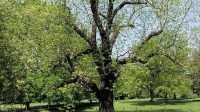
There is nothing worse than toxic chemicals in your garden or yard. Unfortunately, black walnut trees, also known as Juglans nigra, produce toxins that can destroy an entire space of greenery. One of the most harmful toxins in question is juglone which can stunt the growth of grass and some vegetables.
To sustain a yard with black walnut trees, you would have to replace your plants with juglone-resistant ones, which is a lot of work. The problem can be reduced by removing the fallen trees and nuts from the tree. But, it is not worth the gamble of ruining an entire green space.
Mimosa Trees

The bright color of mimosa trees might be enticing, but they are not worth the trouble. They were also known as Albizia julibrissin and native to the Middle East and China. Finally, mimosa trees were brought to the United States. Unfortunately, these fast-growing trees are short-lived, draw insects including webworms and moths, and are prone to breakage.
In addition, they produce six-inch-long seedling pods that germinate quickly, even through the winter months. If you aren’t careful, they will take over your green space. If we’re being honest, it is safer to stick with planting other trees instead.
Sweetgum Trees
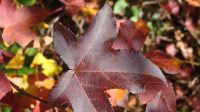
Sweetgum trees or Liquidambar are native to the southeastern part of the United States. Popular back in the 1940s, Sweetgums were straight, tall trees with single trunks that could reach 75 feet. While they offer lovely autumn leaves, their seeds are problematic.
Their seedling pods have tough, spiny exteriors making them challenging to remove from unwanted spaces. Sweetgums also attract birds and have invasive roots. So not only would they threaten your garden, but they also threaten patios, driveways and building foundations. Any gardener knows that the risks with sweetgums just aren’t worth the hassle.
Magnolia Trees
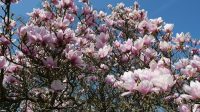
Magnolias are widely beloved for their broad, white flowers. But, if you are so enamored with them that you consider planting one in your yard, you will probably want to rethink that idea. Magnolias require a lot of maintenance, and you’ll always have to keep an eye on them.
These trees attract many insects, including caterpillars, thrips and aphids, that will cause the tree’s leaves to fall prematurely. These plants shed all year long anyway. So, if you don’t want to deal with these high-maintenance trees, it is best not to plant them.
Gingko Trees
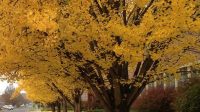
Commonly known as Ginkgo biloba and maidenhair, these trees provide colorful, unique foliage unique to their kind. Not only that, they are pest and drought-resistant and are known for their attractive shape.
But, gardeners who want to protect their greenery should get male ginkgo, not female. These trees drop fruits that can cause pollution, and cleaning it is timely. Male ginkgo specie doesn’t have this issue. So, if you want a ginkgo tree, just make sure to do your research first. Otherwise, you might regret it.
Silver Maple Trees
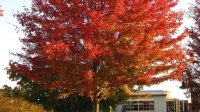
Silver maple trees are one of the most common trees in North America. If you are American, odds are you’ve seen tons of silver maples planted in residential neighborhoods. However, they can cause more harm than good. These trees are easy to grow but hard to kill.
Their roots are invasive and can destroy sidewalks, and clog water lines and landscapes if that weren’t enough. Besides robbing other plants of nutrients, they take up a lot of space that other, less harmful plants could use. Either way, spare yourself the trouble and don’t waste your time planting these trees.
Red Oak Trees
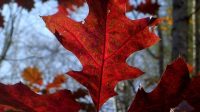
Northern red oak trees have elegant, large leaves. Though these leaves are pretty and garner a lot of attention, they are also why these trees are not suitable for gardens and yards. Red oaks shed leaves and drop tiny flowers and catkins, especially in the autumn and spring.
Besides their falling leaves, they attract insects, bacteria and fungi. Therefore, though they are good for streets, they are not suitable for fields or yards unless you want to have to clean up after these trees constantly. Otherwise, there are other trees out there!
Tree of Heaven
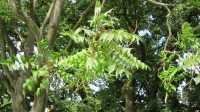
You would think that this tree would be heavenly with the name “tree of heaven.” Despite the name, these trees are anything but, especially when it comes to planting them in a garden or backyard. Trees of heaven, also called Ailanthus altissima, are rapidly growing trees native to China. The problem with these plants is that they grow too quickly to contain and can consume other plants. In addition, they produce many seeds, putting vegetation in harm’s way.
Birch Trees
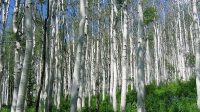
Commonly known as the genus Betula, birch trees are known for their white bark. But, once you plant them, nothing will grow near them. These slim trees contain shallow roots that harden soil and consume surrounding space. Unfortunately, this problem can’t be solved because if you chop their roots off it defeats the purpose. While this problem is evident, another issue is that birch trees attract pests. So unless you want a yard full of birches and pesky creatures, avoiding these trees is your best option.
Ash Trees
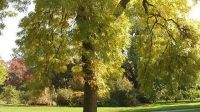
Ash trees are known for their advantages. They are resilient and rapidly growing and they sport beautiful, luscious green leaves. But they are threatened by emerald ash borers (a type of beetle). These monstrous creatures have destroyed millions of these trees, and who wants these pests in their yard?
Currently, there are treatment options for ash trees impacted by these beetles, but no cure for their destruction. If you want an ash tree, you’ll have to go through a lot to keep them alive and well. These plants are not for you if you don’t have the time.
Weeping Willow Trees
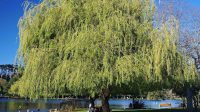
Anyone would think weeping willows are sad or imply something sad based on the name. But, they get their name from their droopy leaves. Weeping willows, also known as Salix babylonica or Babylon willows, come from Asia and were often traded along the Silk Road across southwest Asia and Europe.
While many think their droopy leaves might be the problem, it is their roots. Willows have aggressive roots that are known to damage pavement and water lines. In addition, their roots absorb soil’s water which could endanger other plants. The bad outweighs the good with weeping willows, and they would just cause complications for any yard.
Russian Olive Trees
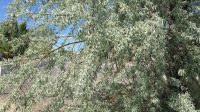
At first glance, Russian olive trees look like they would complement any garden. But, the more you know about them, the less growing a Russian olive tree sounds like a good idea. Russian olive trees have silvery leaves and cool-colored trunks. But, they suffocate other plants.
When birds eat the fruits growing off these trees, their seeds spread, and these trees multiply and consume the area. Similar to other olive trees, Russian olives are hard to kill. They always re-sprout and are invasive. Do yourself a favor and don’t even consider letting these trees inhabit your yard.
Sycamore Trees
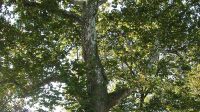
Sycamore trees are lovely to look at for parts of the season, but they make a big mess. These trees are infamous for dirtying the area around them with seeds and leaves. In addition, sycamores are prone to fungal infections, which results in them dropping more leaves.
As a result, there is virtually no way to clean up after them. During the summer months, these trees turn white and become inhabited by lace bugs. These trees are ugly in these months and cover yards in debris. If we’re being honest, it is hard to see the bright side of planting these trees.
Mulberry Trees
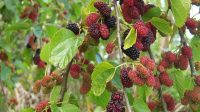
Any gardener’s worst nightmare is rotting fruit and pests growing in their garden. Mulberry trees, also called Morus alba, are medium-sized deciduous trees that produce small fruits in the summer season. These fruits rot when they ferment and attract pests, including fruit flies.
Fruit flies are terrible because they could wander into your home from your yard and cause more damage there. Besides this, mulberry trees, mainly white mulberries, develop aggressive roots which can crack pavement. If you needed another, that is just one more reason to avoid planting them.
Aspen Trees
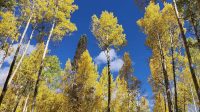
Aspen trees are native to cold regions with cool summers, including North America. Aspen trees are also known as quaking aspen trees because they “quake” or tremble in the wind due to their flattened trunk and branches.
These plants are beautiful, considering their leaves change from a basic green to golden and yellow tones. But, if planted in a yard or garden, they could be dangerous. Aspen trees are known to overgrow and spread wildfires. Additionally, their tree roots can impact plumbing systems. So, it is best to avoid these trees altogether before something dreadful happens.
Lombardy Poplar Trees

Lombardy poplar trees, also called Populus nigra are fast-growing trees that can grow up to six feet a year. They are a popular choice for yards because they give people privacy as they grow. Best known for their column-like form, these plants are also famous for their susceptibility to damage.
Between the insects and diseases that these trees attract, Lombardy poplar trees always look damaged and unhealthy. They require maintenance, mainly since female Lombardy poplars produced masses of cottony seeds. Landscaping professionals dislike these trees and for this reason, among others, people should not plant them in their yards.
Mountain Cedar Trees
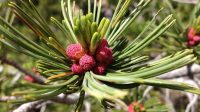
Allergies impact people year-round, but most people tend to feel the worst during the spring and fall seasons. This is when plants that set off allergy triggers are in full bloom. One of the worst plants for people prone to allergies is the mountain cedar tree.
These pollen bombs are found in the south and central regions of the United States. These bushy trees release pollen at wide ranges, which would impact you and your neighbors. If you or anyone you know has any outdoor allergies, living with this tree will be a nightmare.
Eastern White Pines

Eastern white pines are known for growing pine cones. These quick-growing plants are used for privacy and windbreaks, but they are also notorious for their sticky sap. Eastern white pines drop sticky stuff that can damage car paint, clothing and other susceptible materials.
Besides their sap, they are commonly used as Christmas trees due to their long, symmetrical shape and green needles. But, their liquid just isn’t worth the mess, both inside the house and outside, hanging over your driveway or back patio.
Catalpa Trees
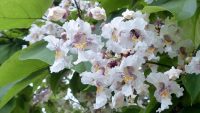
There is no denying that catalpa trees are beautiful. They grow beautiful flowers that are similar to orchids, and many people are drawn to them. These plants are fast-growing and can grow up to 60 feet tall and 40 feet wide. Many people don’t realize that when the leaves of this tree die, they don’t change to a pretty color.
Instead, they blacken and fall off. These trees bloom for a few months in the spring and summer seasons, but they require maintenance, especially if they are in a yard or garden, due to the falling nature of leaves and flower petals.
Pecan Trees
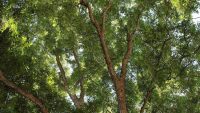
As the name suggests, pecan trees grow the brown edible nuts known as pecans. However, even the biggest pecan lover wouldn’t want this tree in their backyard. Similar to other trees on this list, pecan trees are brittle, which means their branches and twigs can fall due to something as simple as wind.
These nut-bearing trees are commonly grown commercially and in yards for nuts and shade. But, unfortunately, the risk of tree parts falling and the spread of disease-causing parasites on them is more than enough reason to get people to go buy their pecans in the store instead of growing their own in their backyards or gardens.
Let this be a guide. Not everything that glitters is gold.


